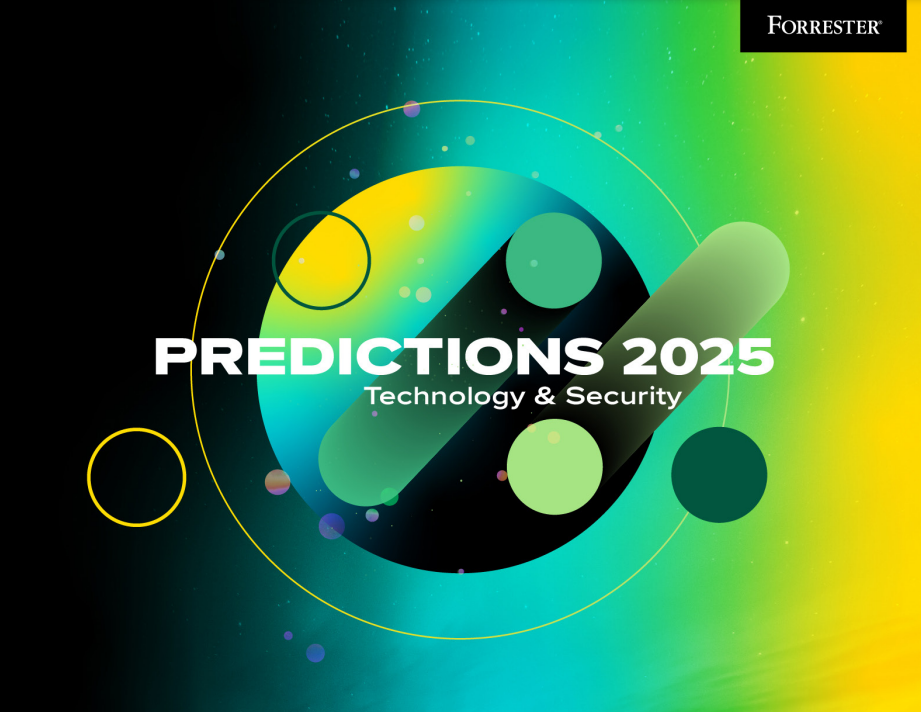IS AI TAKING THE USER OUT of the Brand Experience? | Pan Communications
Artificial Intelligence |
Theodore Twombly is a man grappling with loneliness. Facing an imminent divorce, he decides to purchase an AI-powered operating system—a self-prescribed antidote to ease the pain of separation. Soon, he becomes deeply attached to this AI, named Samantha. She becomes his confidante, his best friend, and even his partner.
In Spike Jonze’s 2013 sci-fi film “Her”, we witness the evolution of a relationship between humans and AI. Theodore’s thoughts and feelings unfold while Samantha processes and responds through code, drawing them closer together. Thematically, “Her” explores the lengths to which people will go to find a connection, even if that connection isn’t with another human. Samantha is an artificial being, yet the world of Her feels strikingly close to our own, where AI plays an increasingly significant role.
From generative AI technologies like ChatGPT to AI companions pulled from the pages of sci-fi, AI now sits at the core of both our professional and personal lives. But with this surge comes a crucial question: how do we balance the efficiency of AI with the need for authentic human connection?
Brands are now tasked with navigating an AI-saturated landscape while retaining a human touch. Despite the abundance of AI tools and enthusiasm for automating experiences, there’s little consensus on what the ideal “AI balance” is for enhancing brand interactions.
In this year’s Brand Experience Report, we aim to uncover the best balance between AI and the human touch. How much AI is too much? How does AI impact customer loyalty, and does it bring customers closer or create a divide? Ultimately, these questions are at the heart of effective marketing, which thrives on relationship-building. Great marketers transform strangers into followers, followers into subscribers, and subscribers into loyal customers through persistent, human-centric efforts.
So, can AI foster these kinds of relationships? Can it support human-to-human marketing? Can it bridge the gap between brands and consumers in a way people genuinely desire? This report explores how AI is shaping these dynamics and what it means for brand authenticity and connection.
KEY FINDINGS
AI adoption is on the rise. ChatGPT, large language models (LLMs), and generative AI have captivated businesses over recent years—and that momentum isn’t slowing down. Marketers today report higher AI usage than ever, and customers are taking note.
SEE CHAPTER 1 // MORE & MORE: THE CURRENT STATE OF AI USE FOR BRANDS
Human-created content is becoming increasingly valuable to both marketers and customers. In today’s landscape, contrast is crucial: counter-narratives grab attention, bold predictions secure coverage, and videos dominate on text-driven platforms. Amid AI’s surge, human-authored content has a unique ability to cut through the noise.
SEE CHAPTER 2 // STANDING OUT BY INVESTING IN HUMAN CONTENT
AI-generated content can be hard to spot. While clumsy images with extra fingers and odd faces still surface, AI quality is improving rapidly. Skilled prompting produces high-quality content that makes distinguishing what’s “real” a challenge for many consumers.
SEE CHAPTER 3 // UNDETECTABLE & BENEFICIAL: THE IDEAL ROLE OF AI IN YOUR BRAND EXPERIENCE
Customer loyalty declines with obvious AI use. Personalization is a powerful loyalty driver, yet AI-driven personalization that misses a brand’s authentic voice—or lacks human warmth—can erode customer trust and loyalty.
SEE CHAPTER 4 // BRAND AUTHENTICITY DRIVES GREATER CUSTOMER LOYALTY
Customers are seeking less AI in their brand interactions. Here’s a key insight: over half (51 percent) of today’s customers prefer brands to use less AI in their experiences. Is this due to AI fatigue, or is there something deeper at play?
SEE CHAPTER 5 // AI OVERSATURATION IS COLORING BRAND EXPERIENCE
Discover the balance between AI and human touch in branding! Dive into insights on AI’s impact on brand loyalty and authenticity. Continue reading and download the report.
Related guide: Navigating the future: Maximizing the top 7 trends in customer experience | Core Media
- KEY FINDINGS
- CHAPTER 1: More & More: The Current State of AI Use for Brands
- CHAPTER 2: Standing Out by Investing in Human Content
- CHAPTER 3: Undetectable Yet Beneficial: The Ideal Role of AI in Your Brand Experience
- CHAPTER 4: Brand Authenticity Drives Greater Customer Loyalty
- CHAPTER 5: AI Oversaturation is Coloring Brand Experiences
- CONCLUSION
Number of Pages:
- 10 pages
Pricing:
- Free






